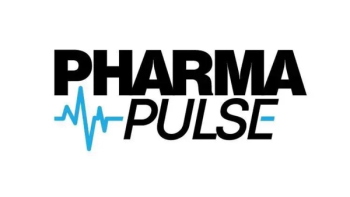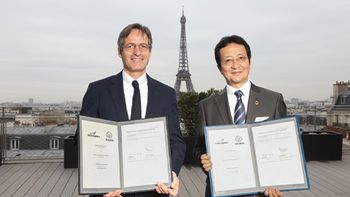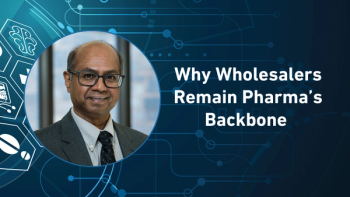
BioMed X expands research partnership with Merck KGaA
Will closely examine DNA damage response in hopes of improving cancer treatment options
BioMed X, an independent research institute, revealed the start of its eighth joint research program with Merck KGaA, Darmstadt, Germany. The new program will dive into the role of extrachromosomal DNA in cancer and it will complement the research of two ongoing oncology programs at BioMed X in the fields of DNA damage response and RNA splicing.
Extrachromosomal circular DNA (ecDNA) was recently found to be plentiful in multiple human cancer cells, though its frequency fluctuates between different cancer types. Elevated levels of ecDNA have been considered to be linked to poor clinical outcome in human cancers.
The main objective of this new project will be to produce an atlas of extrachromosomal DNA in human cancer tissues, to investigate how oncogenes in ecDNA could contribute to tumorigenesis, disease progression, tumor heterogeneity, metastasis and treatment resistance, and to develop novel therapeutic strategies based on oncogenic alterations in ecDNA.
“We are pleased to extend our collaboration even further in the field of cancer research,” says Christian Tidona, founder and managing director of the BioMed X Institute. “This new program will strengthen our expertise at the forefront of deep cancer biology which can potentially lead to better treatment options for patients.”
Newsletter
Stay ahead in the life sciences industry with Pharmaceutical Commerce, the latest news, trends, and strategies in drug distribution, commercialization, and market access.



